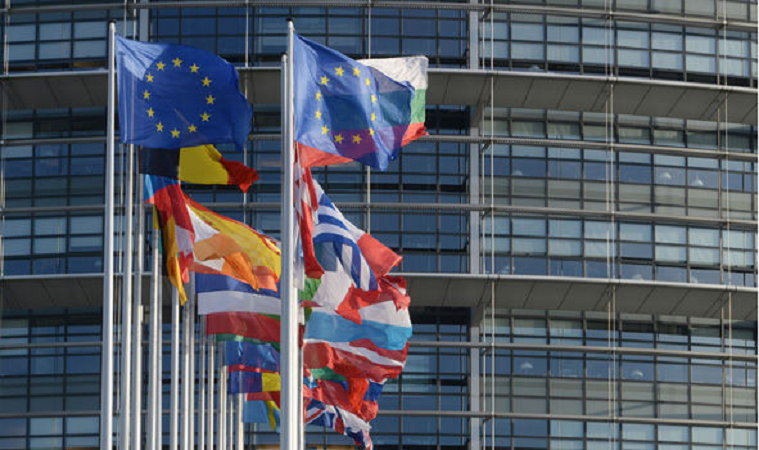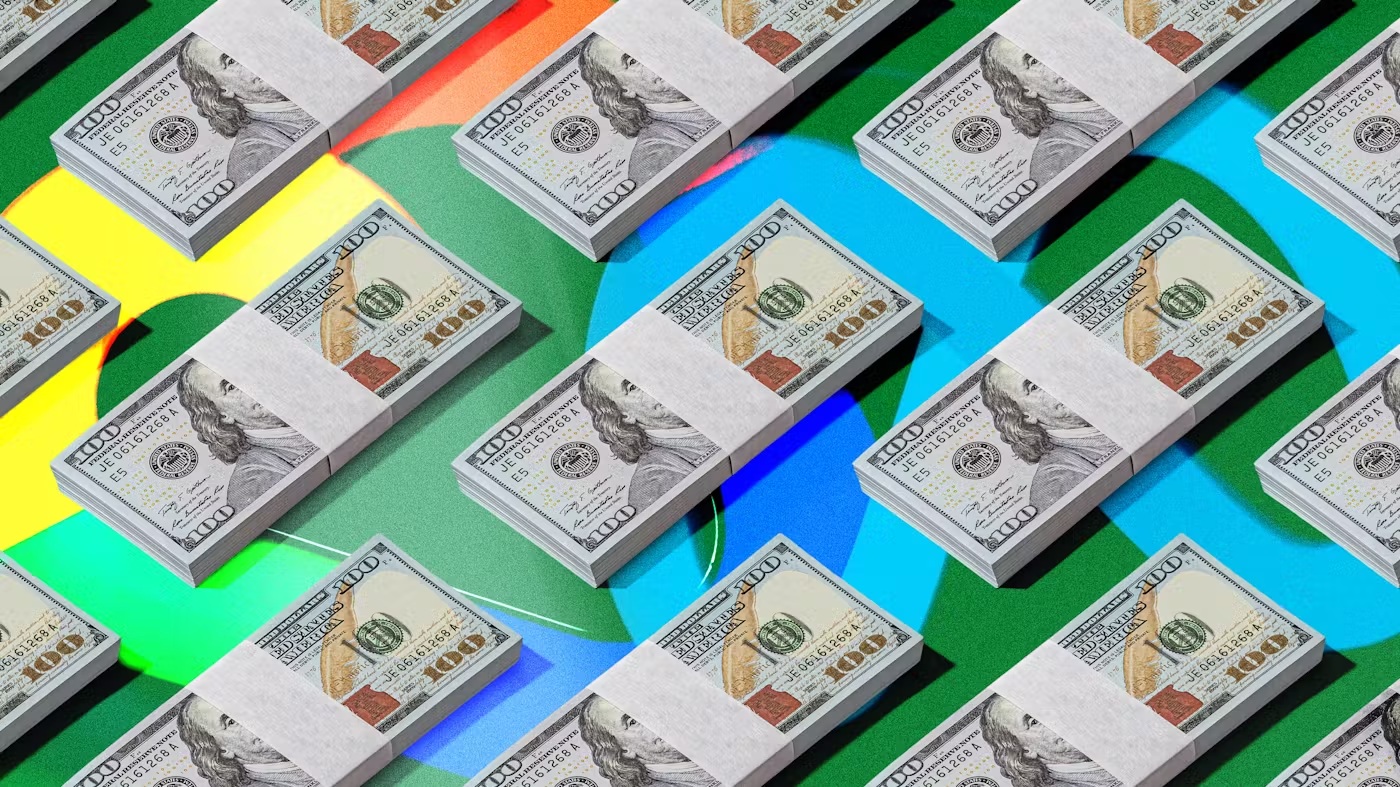Google is facing fresh regulatory heat in Europe after the European Commission on Tuesday launched a formal antitrust investigation into the company’s use of online content to train and power its artificial intelligence services.
The probe marks one of the bloc’s most significant moves yet to scrutinize how a dominant American tech platform gathers and deploys data in the emerging AI economy.
The Commission said it is examining whether Google violated EU competition rules by drawing on content from web publishers and creators on YouTube in ways that could distort competition, impose unfair terms on content owners, or give the company an artificial advantage over rival AI developers. Regulators want to know whether Google is using material it does not adequately compensate for, and whether publishers have any meaningful ability to refuse without jeopardizing their visibility on Google Search.
Teresa Ribera, the EU’s commissioner for competition, framed the inquiry as part of a wider effort to ensure that Europe’s shift toward AI does not erode core market principles.
“AI is bringing remarkable innovation and many benefits for people and businesses across Europe, but this progress cannot come at the expense of the principles at the heart of our societies,” Ribera said.
She added that regulators are investigating whether Google has applied unfair terms to publishers and creators while disadvantaging other AI model developers in a way that breaches EU rules.
The initial focus rests heavily on Google’s AI Overviews and AI Mode — both of which can ingest and summarize publisher content as they respond to user queries. EU officials said they will assess how much of this material is derived from news sites, independent creators, and video uploads, whether it is properly licensed or compensated, and whether Google has used its dominance in search to force smaller publishers into arrangements that deprive them of leverage.
A Google spokesperson pushed back sharply. “This complaint risks stifling innovation in a market that is more competitive than ever,” the company told CNBC in its first response.
The spokesperson added that Google would continue working with news organizations and creative industries “as they transition to the AI era,” arguing that Europeans should not be denied access to new technologies.
The probe puts Google under even deeper scrutiny just months after the EU fined the company nearly 3 billion euros for allegedly distorting competition in the ad tech sector. Google’s global head of regulatory affairs, Lee-Anne Mulholland, said in September that the decision was “wrong” and confirmed the company would appeal. She insisted the firm does not act anti-competitively, pointing to a growing field of ad tech rivals offering alternative services.
Those earlier penalties were part of a broader effort by Brussels to limit the power of large digital platforms — an effort that has gained urgency with the rapid rise of AI. Regulators across the bloc have warned that the economic and informational clout of companies like Google, Meta, Apple, and Amazon risks becoming even more entrenched as generative AI systems are trained on vast troves of digital content.
For the EU, the fear is that control of those datasets and the models built on them could shape everything from advertising markets to news distribution.
The latest probe is occurring against a backdrop of escalating conflicts between the EU and U.S. tech leaders. Just days ago, the Commission fined Elon Musk’s platform X 120 million euros for failures tied to ad transparency requirements and what regulators described as “deceptive design” around its verification system. Musk reacted by calling for the European Union to be abolished altogether, prompting criticism and counterattacks from Republican officials in Washington.
The bloc also opened an antitrust investigation into Meta last week, targeting the company’s new policy giving AI developers access to WhatsApp metadata. Regulators said that the arrangement may break EU competition rules by granting preferential access to Meta’s ecosystem.
The Commission’s pressure campaign signals an increasingly assertive posture toward AI-related activity. European officials are not only enforcing existing antitrust frameworks but also preparing for the next regulatory phase under the Digital Markets Act and the AI Act — both intended to blunt the structural advantages big platforms hold in data access, distribution, and algorithmic scale.
Google now sits at the center of this storm. The company is trying to push aggressively into generative AI after OpenAI’s rapid rise and the escalating competition from Anthropic, Meta, and a swarm of new enterprise model developers. Training world-class models requires staggering volumes of data, and that has placed companies like Google in a difficult position: they depend on publisher content to remain competitive, but those publishers increasingly depend on regulators to counterbalance Google’s dominance.
The new investigation will test whether Google’s AI products are built on an unfair foundation or whether they simply represent the natural progression of a competitive market. For publishers and creators, it poses a larger question about survival in a landscape where their work fuels AI systems that can summarize, repackage, and potentially displace their original content.
However, Google now faces one of the most consequential regulatory tests of its AI strategy — a test that may significantly shape how its models are trained.






